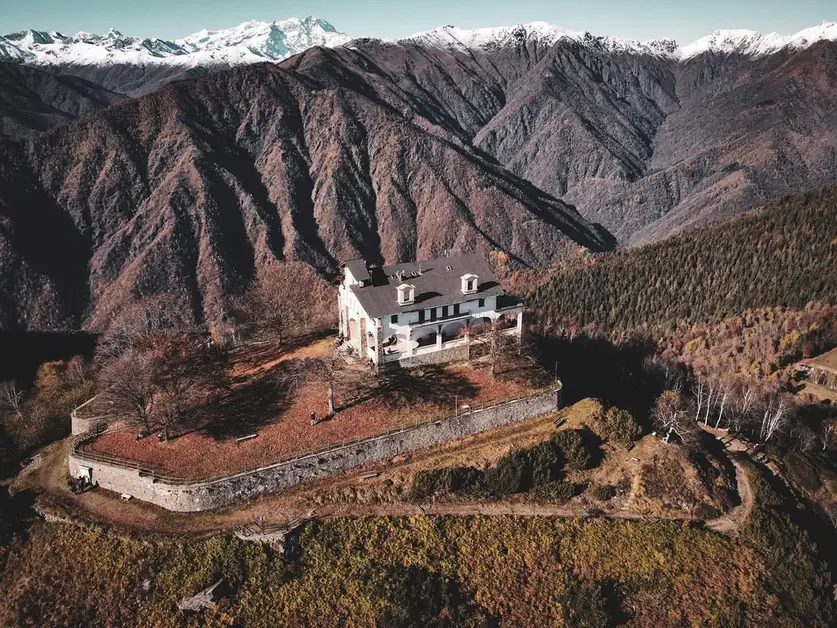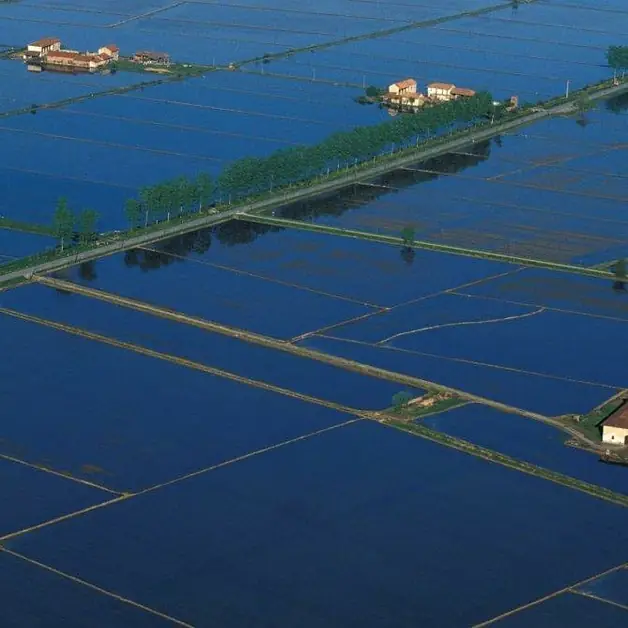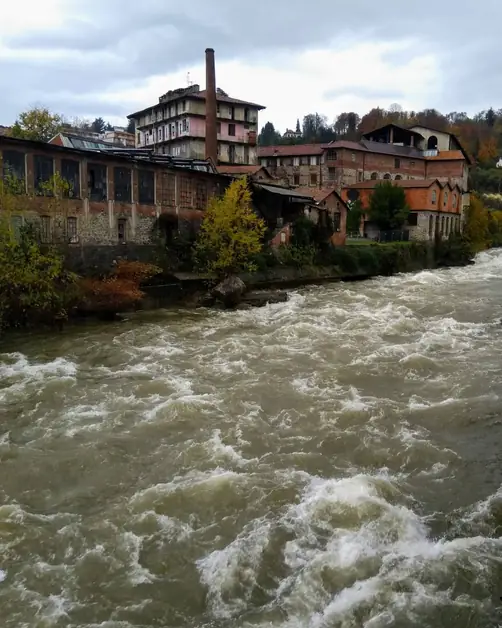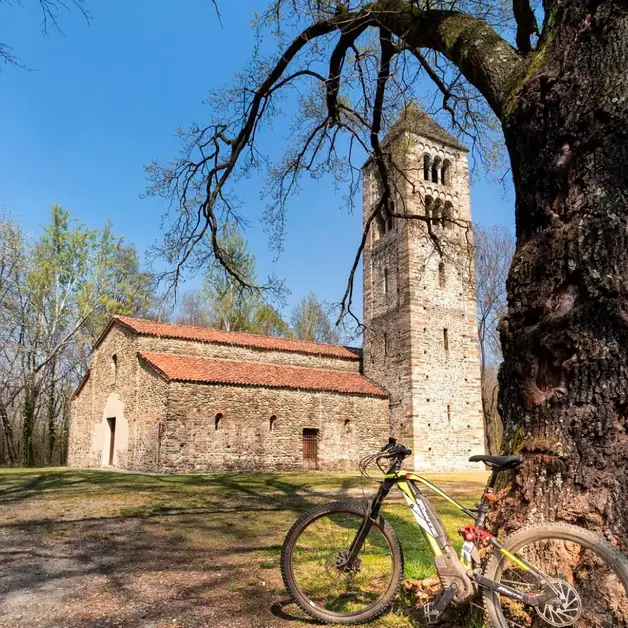Night Walk in Piazzo Biella
Experience the charm of a night walk in Piazzo Biella.
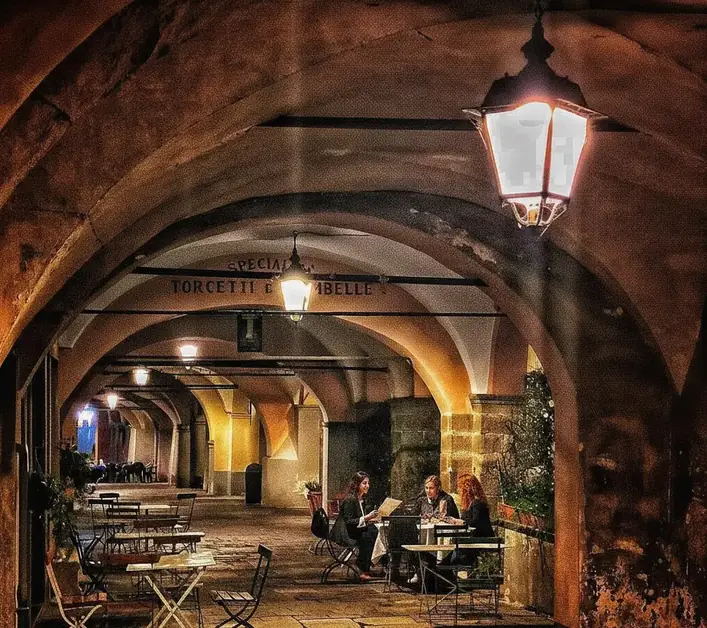
What makes a night walk in Piazzo Biella special?
Walking at night in Piazzo Biella is a unique experience, capable of conveying calm and beauty in a context of absolute silence. In a world accustomed to noise and haste, rediscovering the sound of one's footsteps on an ancient cobblestone pavement becomes a rare and precious moment. It is a feeling that takes you back in time, to a place where history blends with the intimate atmosphere of a sleeping city.
What is the nighttime atmosphere like in Piazzo?
The hill of Piazzo dominates from above the modern part of Biella, called the “Piano.” Climbing with the funicular, which still connects the two parts of the city, one leaves behind the frenzy of daily life. As soon as you descend at the upper station, you find yourself in a different world: the cobbled streets, medieval porticoes, and noble palaces illuminated by discreet street lamps create an environment suspended between dream and reality. There is no traffic, no voices. Only the sound of footsteps and, at times, the breath of the wind descending from the mountains.
How did the night walk begin?
It was a November evening, one of those when the air is cold but clear. After a day of work in Biella, the decision to go up to Piazzo was sudden. Arriving around nine in the evening, the city was immersed in darkness and quiet. The funicular, with its retro charm, slowly carried us up the hill. At the upper station, the ticket clerk, engaged in conversation with an elderly gentleman, welcomed us with a smile. A few words were enough to exchange tips on where to dine and some anecdotes about life in the neighborhood.
What are the most picturesque places in Piazzo to visit at night?
The heart of Piazzo is Piazza Cisterna, one of the most beautiful and ancient squares in Biella. It is surrounded by stone porticoes and medieval buildings with exposed wooden beams. The ancient signs, historic restaurants, and soft lights create an intimate and welcoming atmosphere. In one corner of the square lies a small treasure: the Chiesetta di San Giacomo, dating back to 1227, considered the oldest building in the neighborhood. Although often closed to the public, its simple facade and stone bell tower are worth admiring, especially at night, when the play of lights makes it even more enchanting.
Where can you dine in Piazzo Biella?
The gentleman we met at the funicular suggested Trattoria Cisterna, a cozy and authentic place. There we enjoyed typical dishes of Piedmontese tradition: agnolotti with fondue and truffle and panissa vercellese, a rich and flavorful risotto made with beans, lard, and salami from the duja. It was a gastronomic encounter that allowed us to discover the city through its flavors, a perfect way to feel part of the place even if just for one evening.
What does it feel like to walk through the deserted streets of Piazzo?
After dinner, the walk continued slowly along the silent streets. The street lamps cast warm reflections on the ochre walls and the red bricks of the buildings. Every corner seemed to tell a story, every portico held a fragment of the past. Solitude was not frightening but conveyed a serenity that is hard to describe. Looking north, the mountains could be glimpsed, dark and imposing, but the darkness almost completely concealed them. It was like walking in an ancient painting, where time had stopped.
What are the other must-see stops during a night visit?
Continuing towards Piazza Cucco, you can admire some of the most representative buildings of Piazzo. Among these stands the Chiesa di Sant’Anna, built between the seventeenth and eighteenth centuries, once belonging to one of the many Biella brotherhoods. Along Via Avogadro, many facades still bear the signs of ancient orphanages, asylums, and hospices, a sign of the strong religious presence that has characterized city life for centuries. Each building seems to tell a page of a collective story made of faith, solidarity, and industriousness.
What can be found at Porta Torrazza?
At the end of the street, Porta Torrazza marks one of the most picturesque points of the ancient village. Beneath it lies a small wonder: the Oratorio di San Rocco. When we arrived, it was already late in the evening, but the door was still open. We entered on tiptoe, immersed in an almost sacred silence. Inside, only the light of a few candles illuminated the walls and created an intimate and collected atmosphere. At that moment, time seemed to stand still. It was as if the place held the very breath of the city.
What is the nighttime soul of Piazzo Biella?
At night, Piazzo reveals its most authentic essence. It is a place where one perceives the stratification of centuries, between medieval towers, baroque churches, and stone houses. But it is also a lively, inhabited neighborhood, where history coexists with everyday life. During the day, the streets fill with tourists and students; at night, however, everything stops, leaving space for silence and contemplation. It is precisely in these hours that Biella shows its most poetic and secret side.
Why visit Biella at night?
Biella, often associated with its industrial and textile tradition, knows how to surprise those who explore it calmly. Its upper part, Piazzo, is a small treasure chest of history and charm. Visiting it at night offers the chance to see the city in a different light: more intimate, more authentic, more human. The shadows of the alleys, the distant sound of water, and the scent of mountain air create a sensory experience that remains etched in memory.
What remains after a night walk in Piazzo?
What remains is the memory of a place that lives in silence and beauty. Of a neighborhood that holds the history of Biella but, at the same time, knows how to welcome those who visit it like an old friend. Walking through Piazzo at night means rediscovering the value of small things: a lamp illuminating an ancient facade, a slightly open window, the sound of one's footsteps. It is an experience that teaches you to slow down and look with new eyes at what, by day, seems ordinary.
